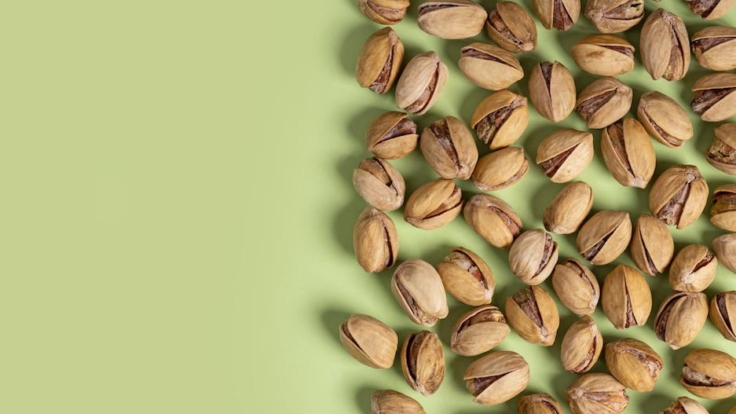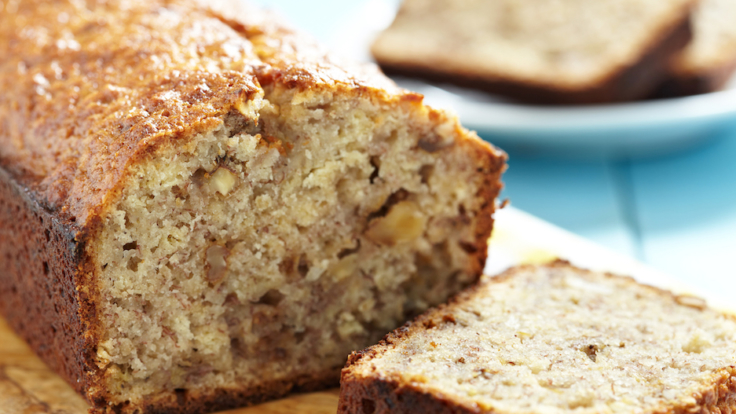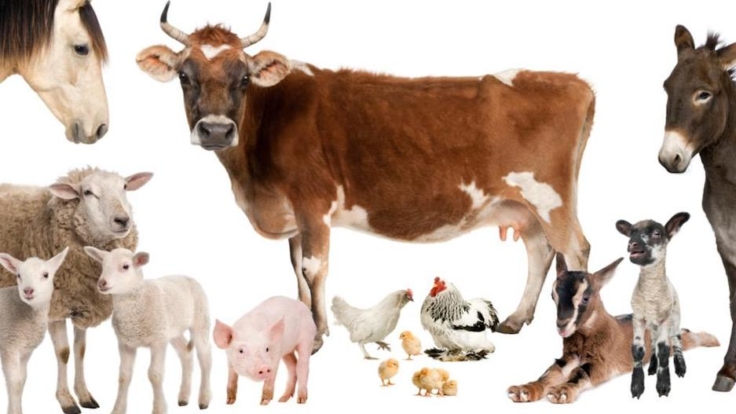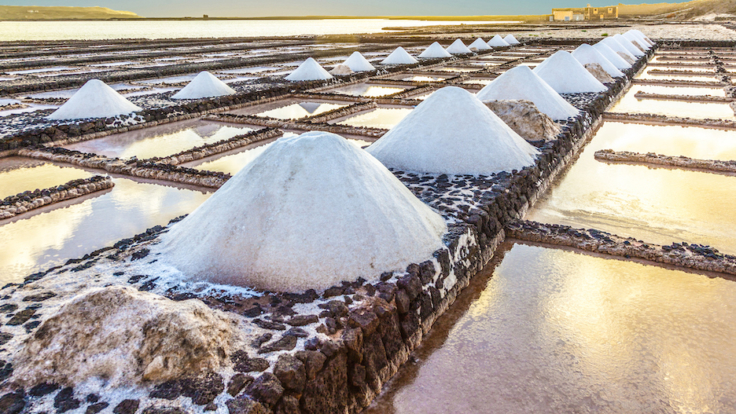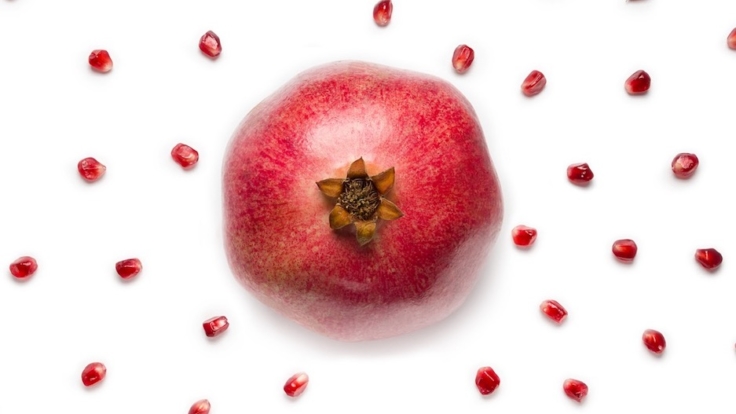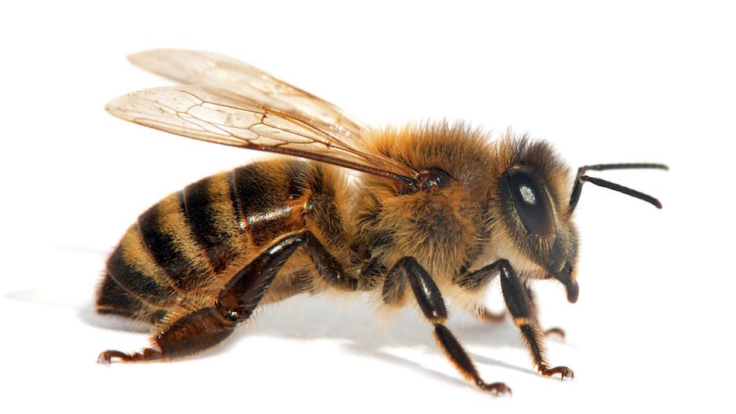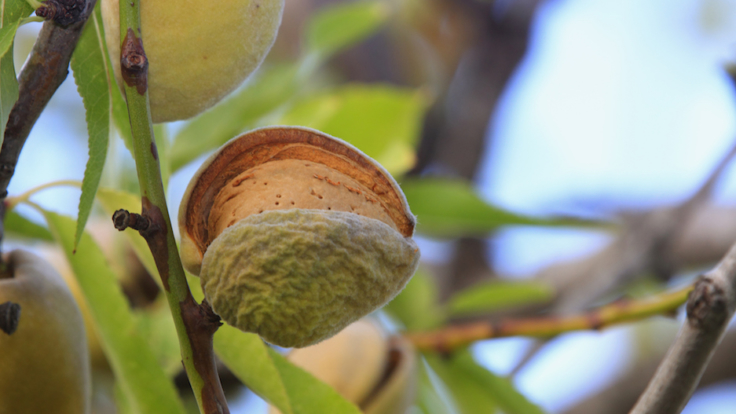Pistachios: The Quirks of Agricultural Trade in a Nutshell
The history of pistachio trade reveals quirks in the broader world of global agricultural trade. The growth of America’s pistachio industry came after the U.S. imposed trade sanctions against Iran in response to the Iran Hostage Crisis and the two countries have a complicated trade history. But global global demand for pistachios is higher than production, leaving room for both American and Iranian producers.


